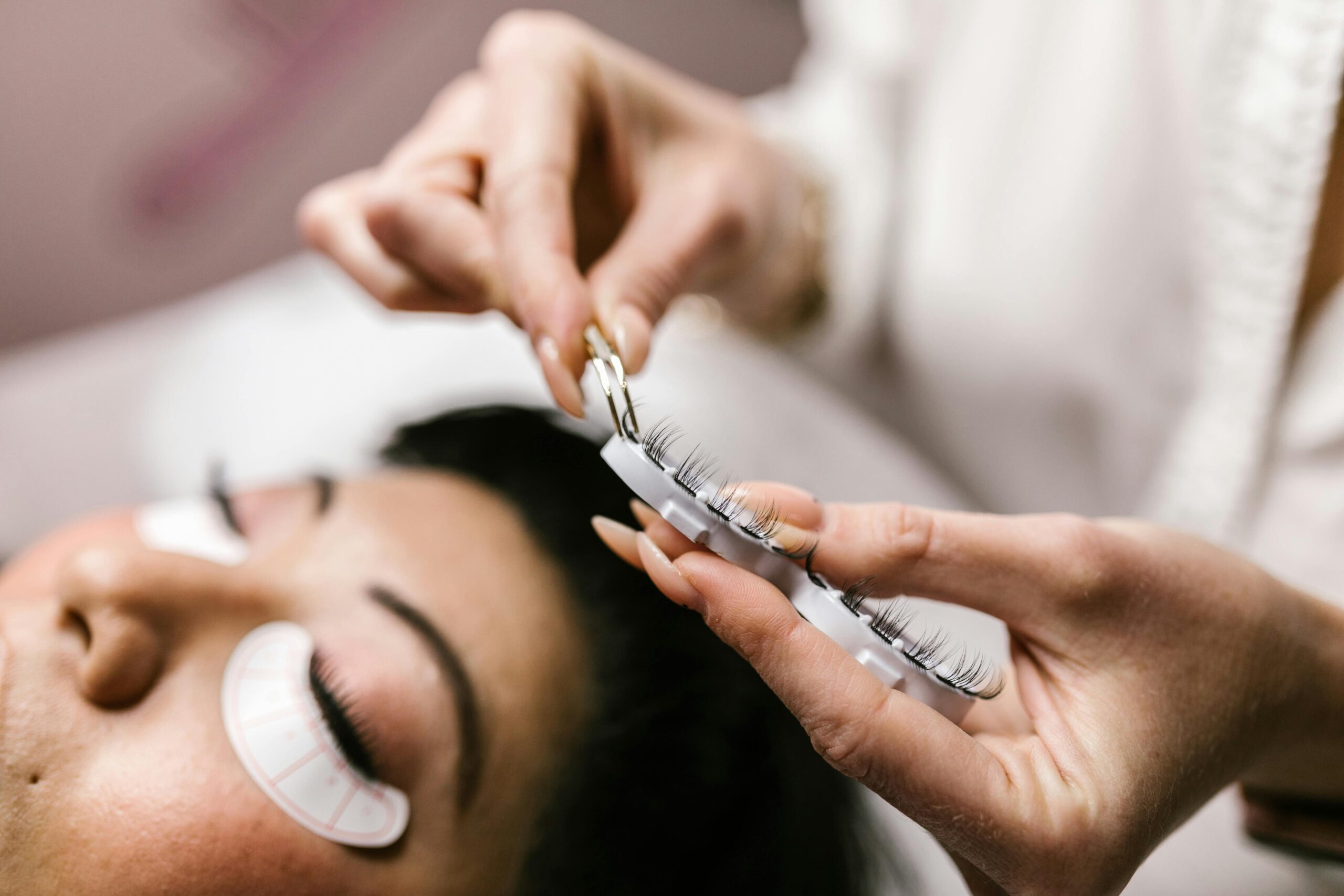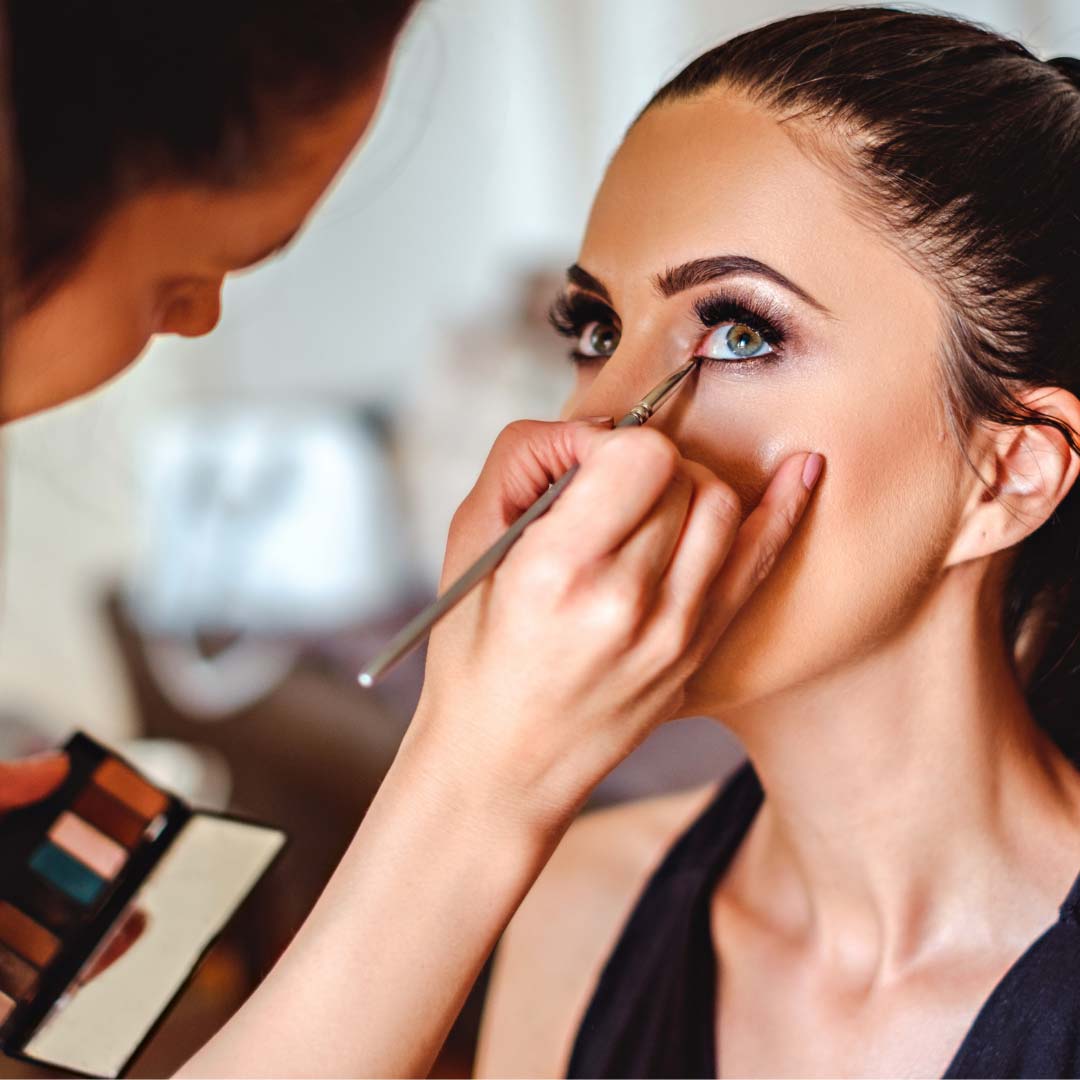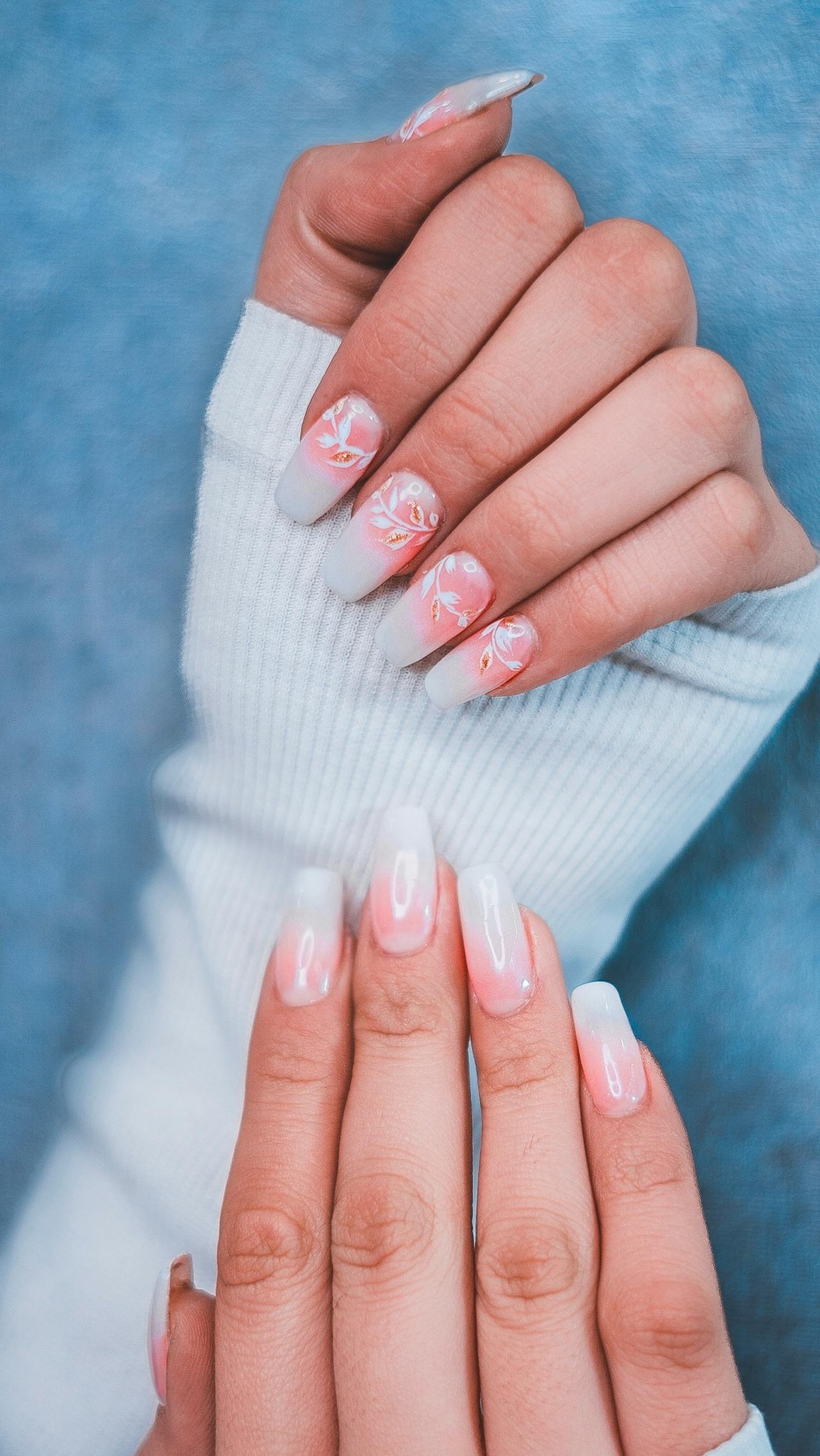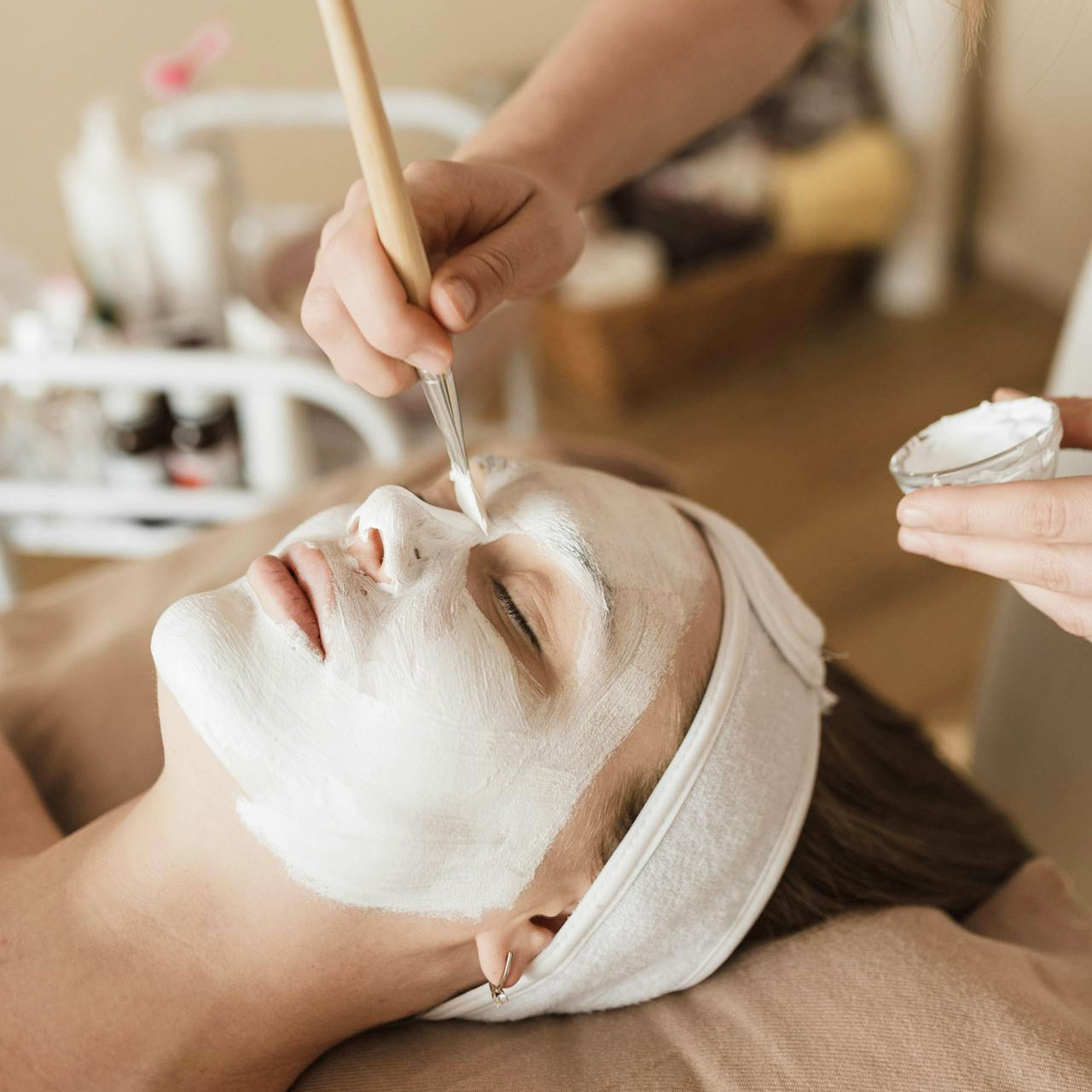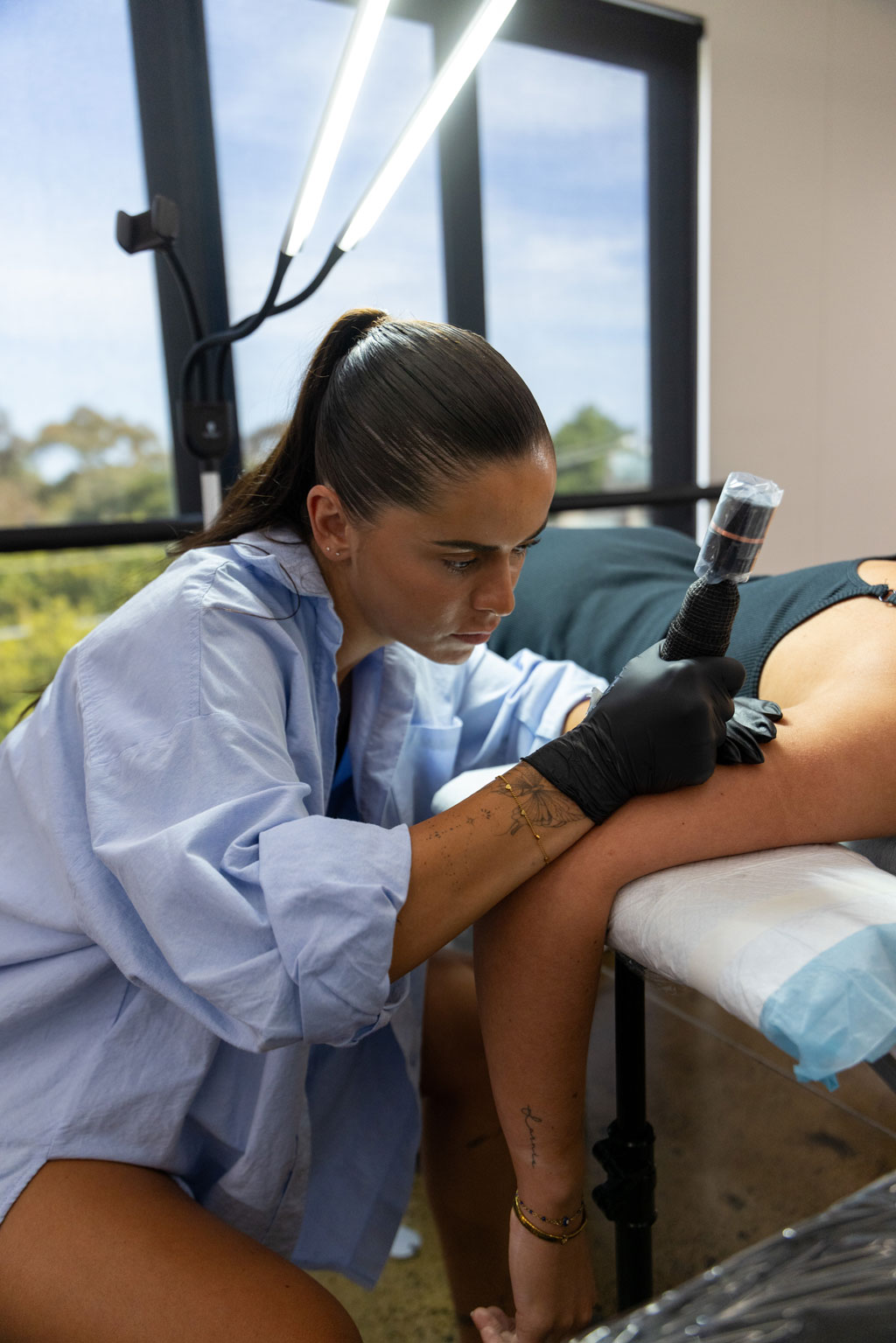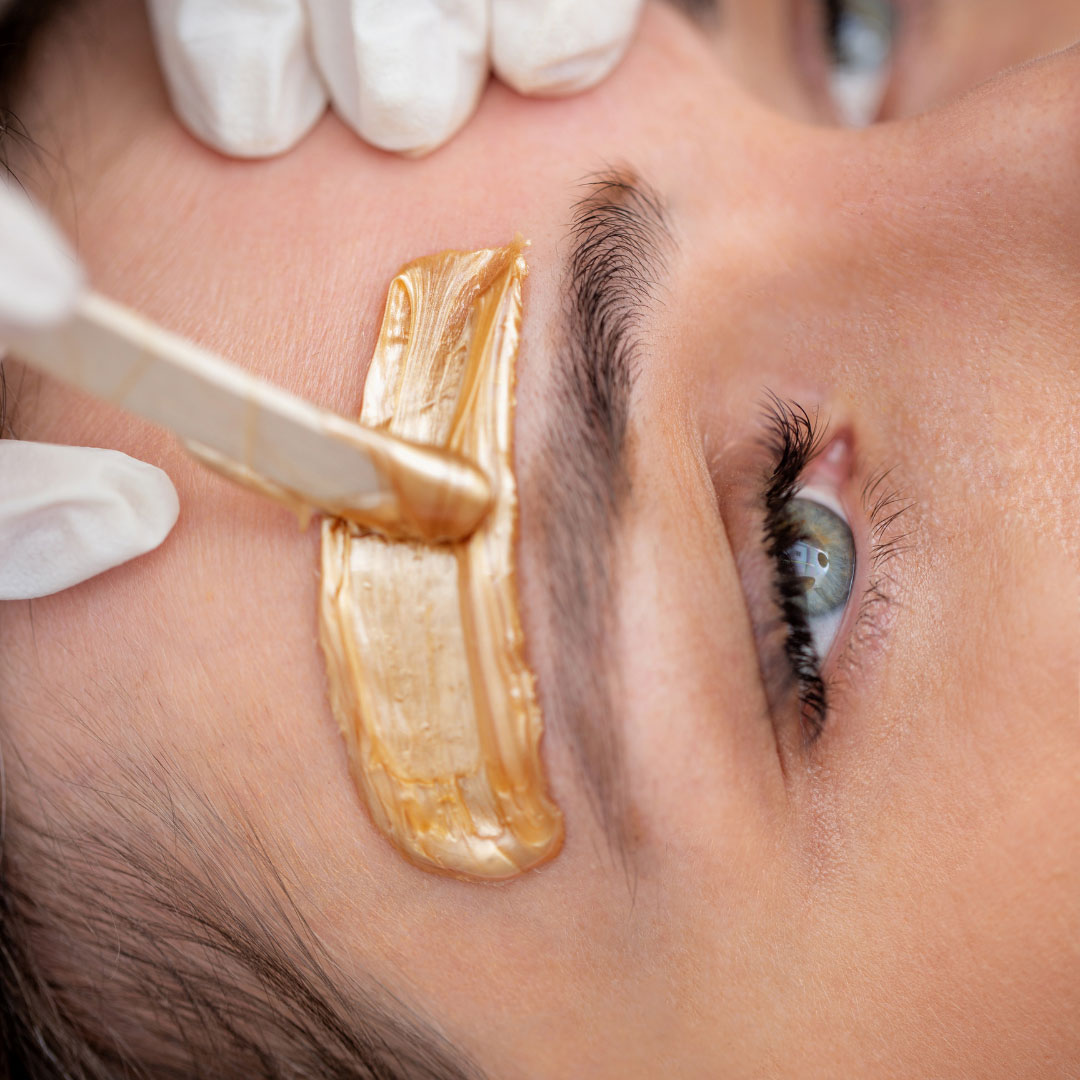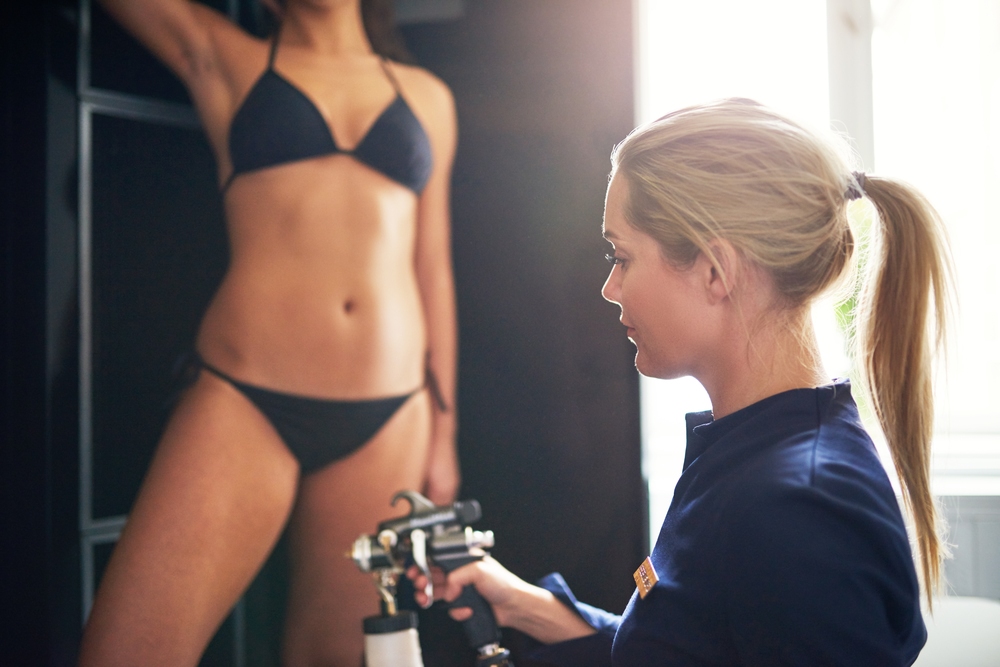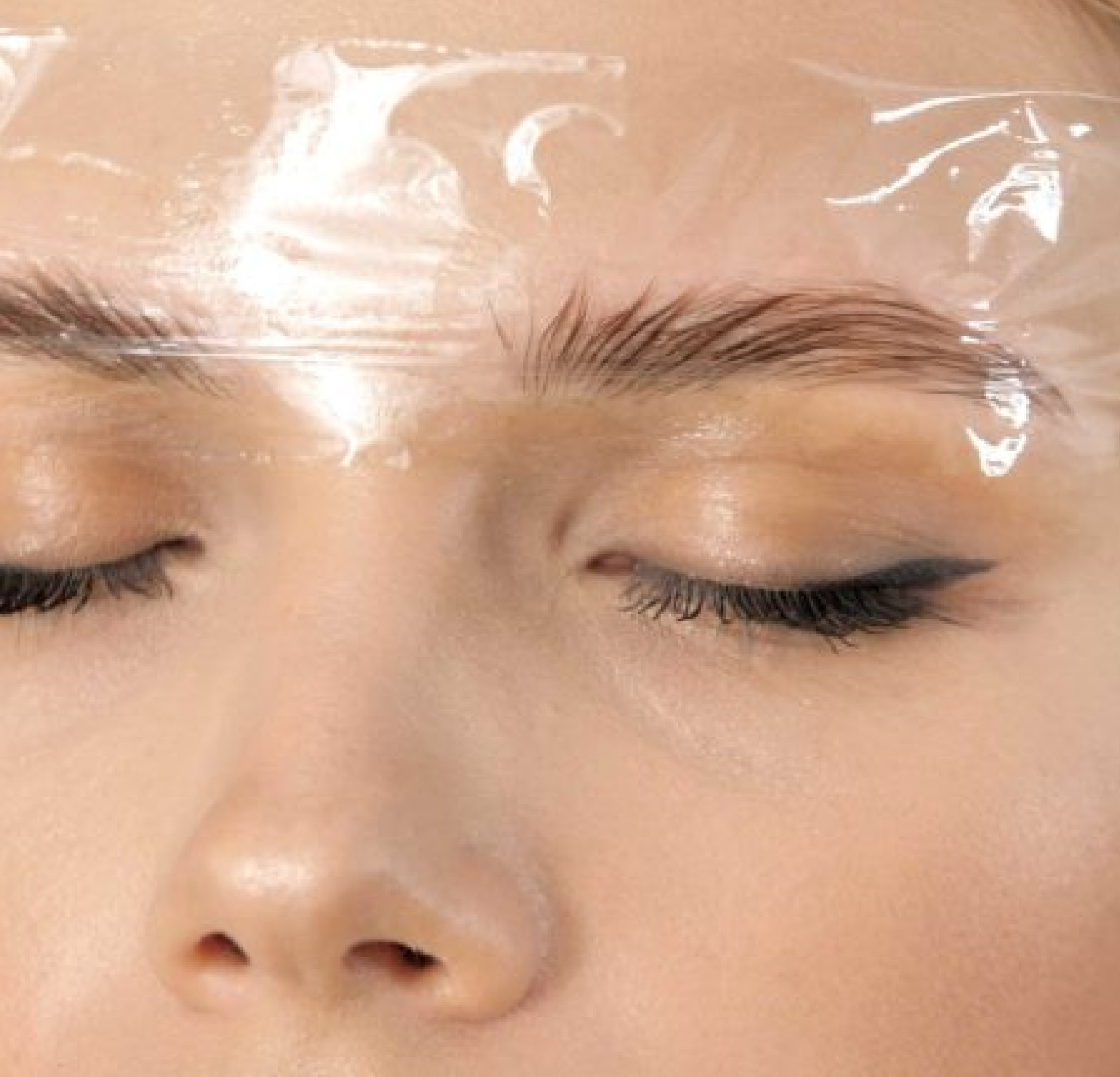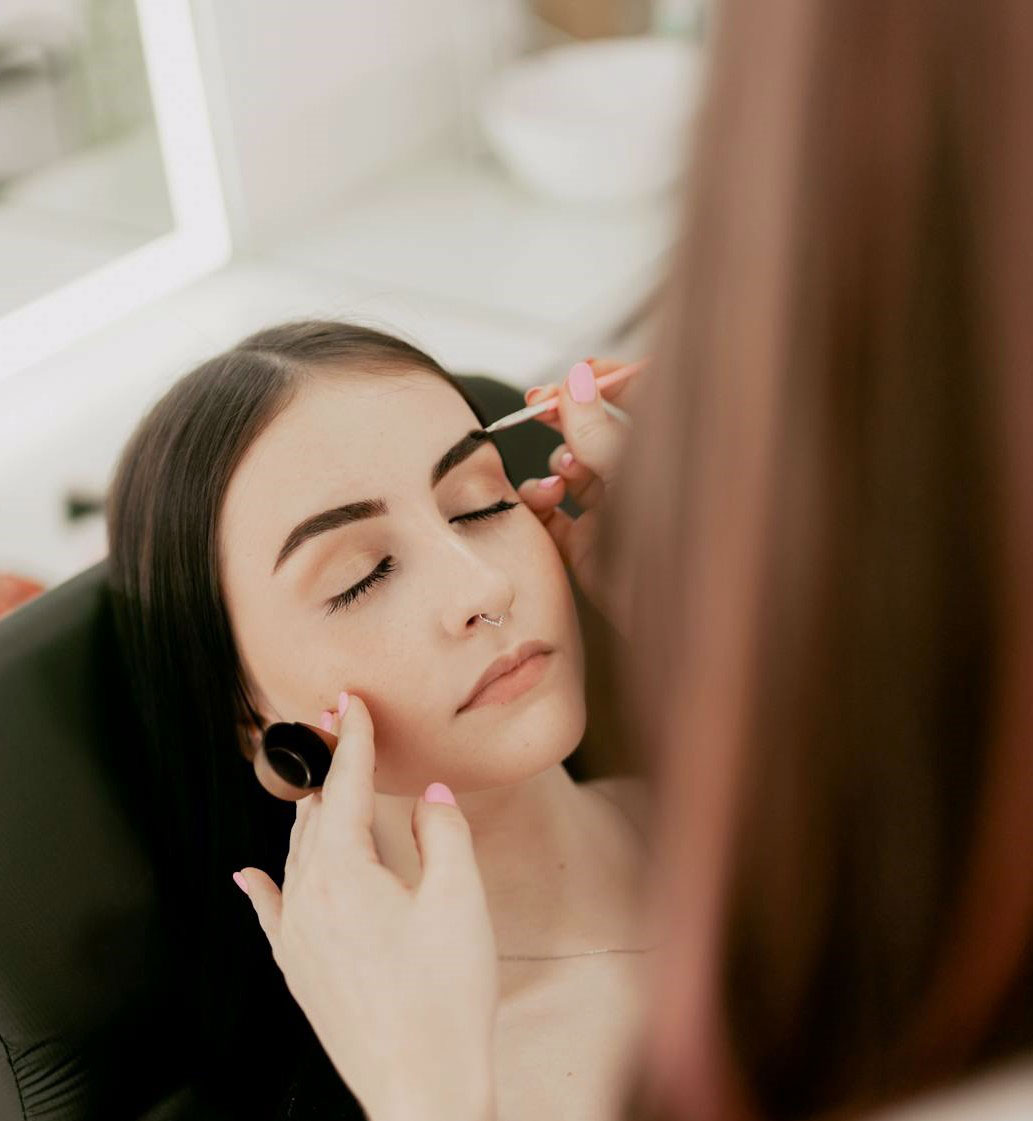Lash extensions have become one of the most requested beauty treatments in the UK, but even experienced lash technicians encounter frustrating problems that affect client satisfaction and retention rates. Whether you’re struggling with poor retention, sticky lashes, or uneven application, understanding the root causes and solutions to these common issues is essential for building a successful lash business. This comprehensive troubleshooting guide will help you diagnose and fix the most common lash extension problems, ensuring your clients leave with beautiful, long-lasting lash sets every time.

Understanding Poor Retention: Technique vs Environmental Factors
Poor retention is the most common complaint from both lash technicians and clients. When lashes don’t last the expected 3-4 weeks, it’s frustrating for everyone involved. The key to solving retention issues is understanding whether the problem stems from your technique, environmental factors, or client-related issues.
Technical retention issues typically manifest as lashes falling out within the first week, with the extension and natural lash separating at the bond. This indicates problems with your application technique, adhesive selection, or lash preparation. According to professional lash industry standards, proper technique should result in extensions lasting until the natural lash growth cycle completes.
Environmental retention issues show up as inconsistent retention across different days or weeks, with some sets lasting beautifully whilst others fail prematurely. These problems often relate to humidity levels, temperature fluctuations, or adhesive storage conditions.
Client-related retention issues appear as early shedding in specific areas (often around the eyes where clients touch or rub), or consistent problems with specific clients regardless of technique consistency.
To diagnose retention problems accurately, keep detailed records for each client, noting humidity and temperature during application, adhesive batch numbers, and any environmental factors. This documentation helps identify patterns that might otherwise go unnoticed.
Diagnosing and Preventing Sticky Lashes
Sticky lashes (where multiple extensions bond together or adhere to multiple natural lashes) represent one of the most damaging application errors. Not only do they look unprofessional, but they also cause discomfort and can damage the natural lashes as they grow.
Sticky lashes occur when:
- Adhesive is applied too heavily, spreading beyond the intended bonding area
- Extensions are placed too close together before the adhesive cures
- Isolation isn’t maintained throughout the application process
- The adhesive formula is too slow-drying for your working speed
To prevent sticky lashes, master the art of proper isolation. Each natural lash must be completely separated from its neighbours before applying an extension. Use a high-quality isolation tweezer in your non-dominant hand, and don’t release isolation until you’re certain the adhesive has dried sufficiently.
The amount of adhesive matters enormously. According to professional lash research, you should use only enough adhesive to coat the base of the extension (roughly 1-2mm). Excess adhesive is the primary culprit in sticky lash problems.
If you discover sticky lashes during or after application, they must be corrected immediately. Use a lash remover specifically designed for isolation, carefully separating the bonded lashes. Never pull or force lashes apart, as this damages the natural lash structure. In severe cases, removing and reapplying affected extensions is the safest approach.
For those new to lash extensions or looking to refine their technique, specialised lash extension training covers isolation techniques and proper adhesive application in detail.
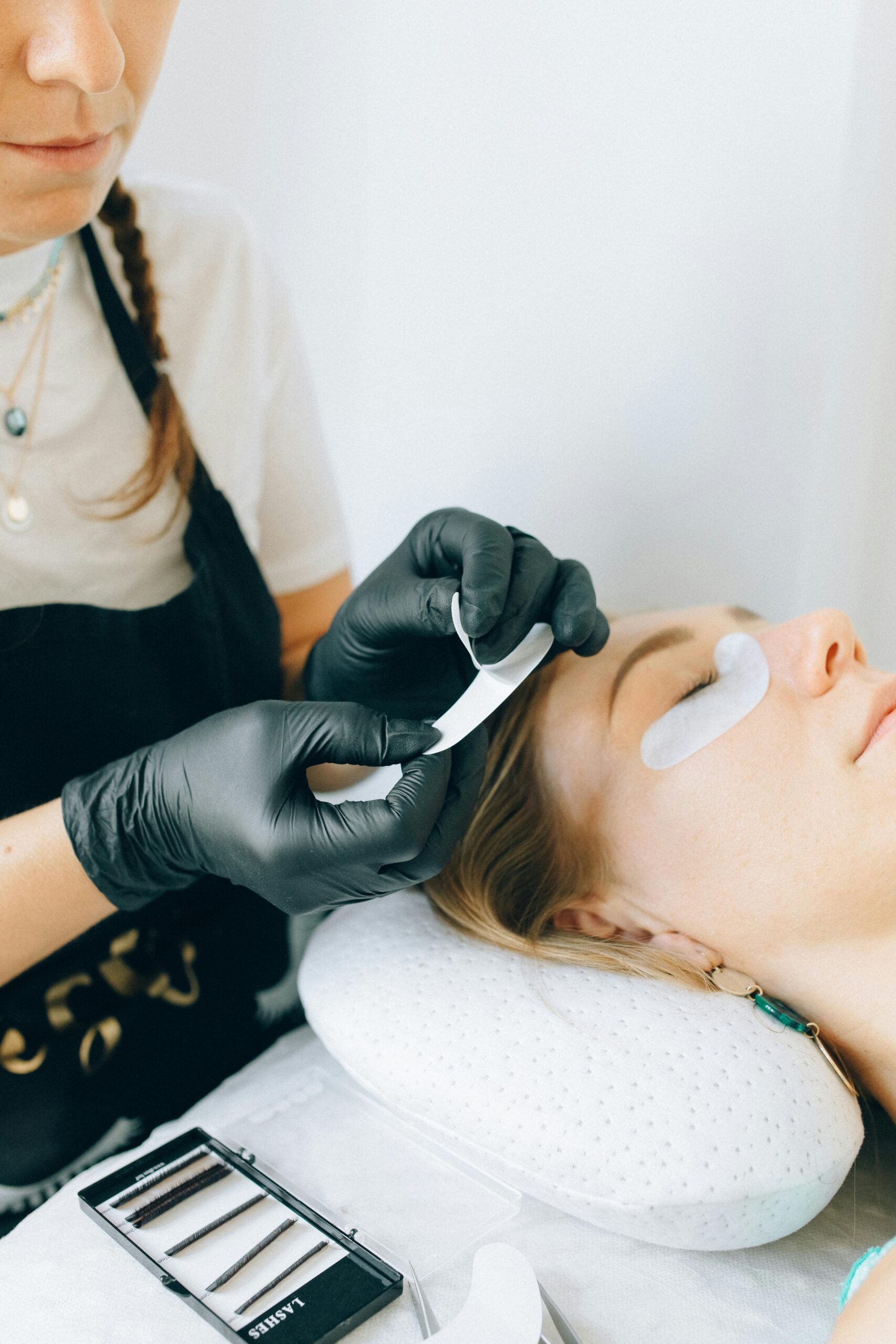
Correcting Uneven Lash Lines and Sparse Areas
An uneven lash line or sparse areas within the lash set create an obviously unfinished look that reflects poorly on your technical skills. These problems usually stem from missed natural lashes, inconsistent mapping, or poor client positioning.
To achieve consistently even lash lines:
Create a detailed map before starting each application. Photograph the natural lashes and mark your intended design, including curl patterns, length progression, and volume placement. This roadmap keeps your application consistent from inner to outer corner.
Work systematically rather than randomly. Start from the outer corner and work inward, or vice versa, maintaining a consistent pattern. Random application often results in missed areas that become obvious only at the end of the service.
Use proper lighting to see every natural lash. Invest in a high-quality magnification lamp and position it correctly for optimal visibility. Many sparse areas result from simply not seeing fine or light-coloured natural lashes.
Position the client correctly. The client’s head should be flat, not tilted, with their neck supported. Poor positioning affects your viewing angle and can cause uneven application.
If you notice sparse areas during application, don’t panic. Simply isolate the natural lashes in that area and fill them systematically. If you discover gaps after the client has left, offer a complimentary fill appointment within a few days—this demonstrates professionalism and builds client trust.
Managing Allergic Reactions and Sensitivities
Allergic reactions to lash extension adhesive, whilst relatively uncommon, require immediate attention and proper management. Understanding the difference between irritation and a true allergic reaction is crucial for client safety.
Irritation typically presents as mild redness or slight discomfort immediately after application, resolving within 24 hours. This often results from adhesive fumes during application rather than an allergic response.
Allergic reactions develop over time (usually 24-48 hours after application) and include swelling, intense itching, redness, and sometimes watery discharge. According to medical guidance on cosmetic reactions, these reactions require removal of the extensions and possibly medical attention.
To minimise reaction risks:
- Always conduct a patch test before first-time clients, applying a few extensions and waiting 24-48 hours
- Use medical-grade, low-fume adhesives when possible
- Ensure proper ventilation in your workspace
- Cure the adhesive completely before the client opens their eyes
- Educate clients about the importance of keeping extensions dry for the first 24 hours
If a client develops an allergic reaction, remove the extensions immediately using a proper lash extension remover. Do not charge for removal in these circumstances—it’s a matter of client safety and professional responsibility. Recommend they consult their GP if symptoms are severe or don’t improve after removal.
Some technicians switch to sensitive adhesives for reactive clients, but be aware that these formulas often have different drying times and may affect retention. Always inform clients about these adjustments and manage their expectations accordingly.
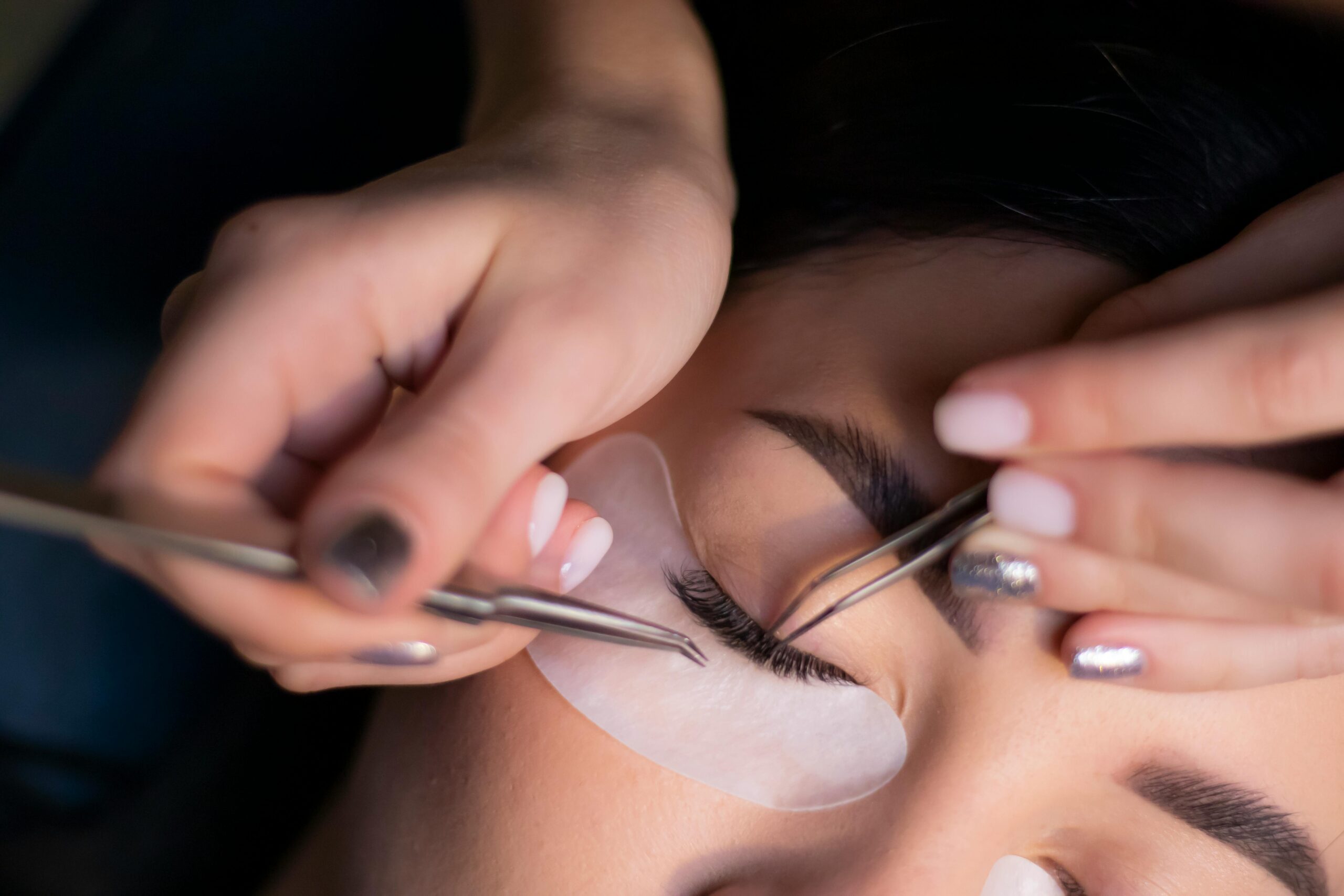
Troubleshooting Adhesive Issues
Adhesive problems account for the majority of lash extension failures. Understanding how to identify and resolve adhesive issues will dramatically improve your consistency and client satisfaction.
Adhesive that’s dried out or too thick won’t create proper bonds. Replace your adhesive every 4-6 weeks, regardless of how much remains in the bottle. Store unopened adhesive in a cool, dark place (never the refrigerator), and keep opened bottles in airtight containers with silica packets.
Incorrect humidity and temperature affect adhesive performance dramatically. Most lash adhesives cure optimally at 45-65% humidity and 20-22°C. Invest in a hygrometer and room thermometer, and adjust your working environment accordingly. According to professional beauty salon standards, small humidifiers or dehumidifiers can help maintain ideal conditions.
Adhesive dispensing technique impacts performance. Pour out a fresh adhesive droplet every 20-30 minutes—adhesive begins to cure as soon as it’s exposed to air. Never add new adhesive to an existing droplet.
Application speed and adhesive selection must match. If you’re working slowly, use a slower-drying adhesive (3-5 seconds). Fast-working technicians need quicker-drying formulas (1-2 seconds). Mismatched speed and adhesive often results in poor retention.
Fixing Gaps and Sparse Areas Post-Application
Discovering gaps or sparse areas after a client has left can be frustrating, but how you handle it determines whether they remain a loyal client or leave negative reviews.
Implement a thorough quality check before clients leave:
- Examine the lash line from multiple angles
- Use your lash wand to comb through the lashes, revealing any gaps
- Check both eyes for symmetry
- Ensure isolation is complete with no sticky lashes
If you discover issues after the client has departed, contact them immediately. Offer a complimentary correction appointment within 48-72 hours. This proactive approach demonstrates professionalism and commitment to quality.
For persistent gap issues in your work:
- Review your application technique, particularly your systematic approach
- Ensure your lighting adequately illuminates all natural lashes
- Consider whether client positioning during application is optimal
- Evaluate whether you’re working too quickly and missing lashes
Building strong technical skills through professional training helps prevent these issues from occurring in the first place.

When to Remove and Restart vs Correct
Knowing when to remove a problematic lash set completely versus attempting corrections is a crucial skill that comes with experience.
Remove and restart when:
- More than 30% of lashes have significant sticky lash problems
- The lash line is severely uneven across the entire eye
- Client is experiencing significant discomfort or irritation
- Extensions have been applied to immature or damaged natural lashes
- The wrong curl, length, or thickness was used throughout
Correct rather than remove when:
- Isolated areas have minor issues
- A few sticky lashes need separating
- Small gaps can be filled
- The overall set is sound but needs refinement
If removal is necessary, explain the situation honestly to your client. Most will appreciate your commitment to quality and your willingness to start fresh rather than leaving them with poor work. Don’t charge for the redo—this is an investment in your reputation and client relationship.
Client Aftercare Education Strategies
Poor client aftercare is responsible for approximately 40% of premature lash extension failure. Your responsibility doesn’t end when the client leaves your treatment room—educating them about proper maintenance is essential for their satisfaction and your reputation.
Create a comprehensive aftercare instruction sheet including:
- When they can get extensions wet (usually 24-48 hours after application)
- How to clean lashes daily (oil-free cleanser, gentle brushing)
- What products to avoid (oil-based makeup removers, waterproof mascara)
- Sleeping position recommendations (avoid face-down sleeping)
- When to schedule infills (typically every 2-3 weeks)
Explain that picking, pulling, or rubbing extensions will cause damage. Recommend a silk or satin pillowcase to reduce friction during sleep.
For clients new to extensions, consider a follow-up text or email two days after application, checking on retention and answering any questions. According to beauty industry client retention research, this follow-up significantly increases long-term client satisfaction and booking frequency.

Documentation for Tracking Retention Patterns
Successful lash technicians keep meticulous records that help identify patterns and improve consistency. Your documentation system should include:
- Client name and contact details
- Date of application
- Humidity and temperature readings
- Adhesive brand and batch number
- Curl, length, and thickness used
- Any client-reported sensitivities or concerns
- Retention feedback at subsequent appointments
- Photographs of completed sets
Review this data regularly, looking for correlations between environmental conditions, products used, and retention outcomes. You might discover, for example, that certain adhesive batches perform poorly, or that your retention improves on days within a specific humidity range.
This systematic approach transforms subjective experiences into actionable data, allowing you to continuously refine your technique and product choices.
Advanced Isolation Techniques for Complex Cases
Some clients present particular isolation challenges—sparse natural lashes, very fine lashes, or extremely curly lashes all require adapted isolation techniques.
For sparse natural lashes, precise isolation is even more critical because each natural lash is more visible. Use extra-fine isolation tweezers and work under magnification to ensure complete separation.
Very fine or blonde natural lashes are difficult to see, increasing the risk of missed lashes or poor isolation. Enhanced lighting, possibly including a backlit pad beneath the client’s head, improves visibility significantly.
Extremely curly natural lashes tend to stick together, making isolation challenging. Use a slightly wider isolation technique, and consider using multiple isolation tweezers to separate stubborn clumps before applying extensions.
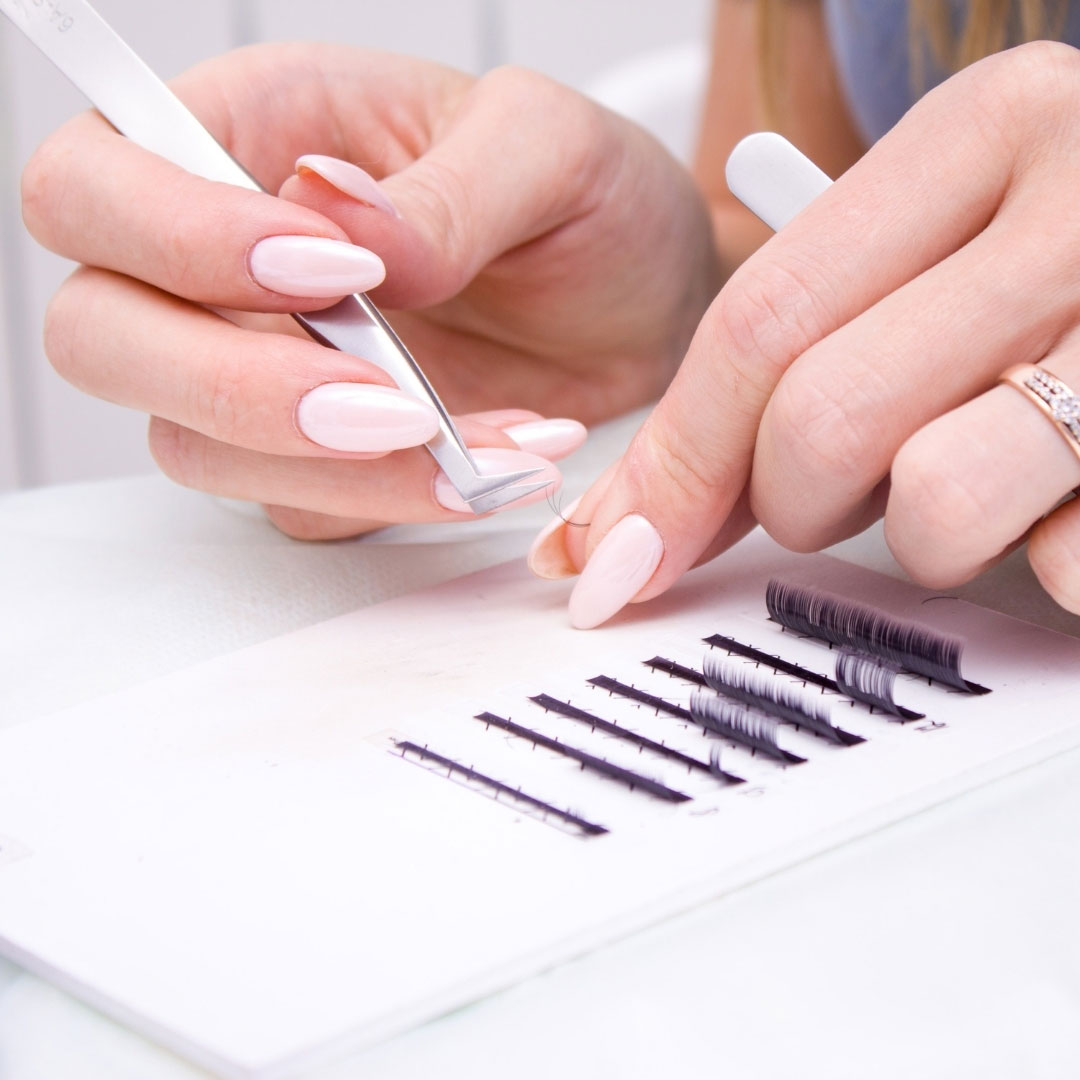
Humidity and Temperature Control Solutions
Environmental control represents one of the most significant factors in consistent lash extension success. Professional lash technicians invest in climate control systems appropriate for their working environment.
For small treatment rooms, a combination of a portable air conditioning unit and a humidifier/dehumidifier allows precise environmental control. Position your hygrometer near your work area for accurate readings.
In larger salons or shared spaces where individual room control isn’t possible, work with facility management to maintain appropriate conditions, or adjust your adhesive selection to suit the existing environment.
Some technicians find that environmental conditions vary seasonally, requiring different adhesive formulas in summer versus winter. Track your retention rates across seasons to identify whether this applies to your situation.
Continuing Education and Skill Refinement
The lash extension industry evolves rapidly, with new techniques, products, and best practices emerging regularly. Successful lash technicians commit to ongoing education throughout their careers.
Consider advanced training in:
- New volume techniques (mega volume, wispy sets)
- Specialised applications (bottom lashes, inner corner extensions)
- Advanced troubleshooting and correction techniques
- Business development and client retention strategies
Our comprehensive lash extension courses include ongoing support and advanced modules for experienced technicians looking to refine their skills and expand their service offerings.
Regular practice, even outside client appointments, helps maintain and improve your technique. Consider practicing on mannequin heads or offering discounted services to build your experience and speed.
Solving common lash extension problems requires a combination of technical knowledge, systematic troubleshooting, and commitment to continuous improvement. By understanding the root causes of issues like poor retention, sticky lashes, and uneven application, you can consistently deliver beautiful, long-lasting lash sets that keep clients returning and referring others to your services. Remember that every challenging case is an opportunity to refine your skills and deepen your expertise in this rewarding beauty specialisation.
If you’re interested in a career in beauty and particularly lash extensions, check out our specialist Eyelash Extension Course here
